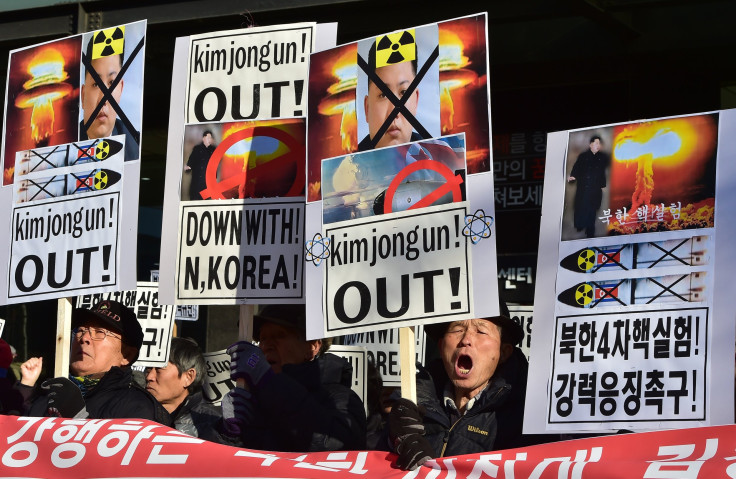North Korea’s Punggye-Ri Nuclear Test Site Can Support Additional Tests Anytime, Report Says

As North Korea increases its nuclear advancements, its nuclear test site Punggye-ri is believed to be capable of supporting additional tests at any time, Yonhap reported, citing a website that monitors the Kim Jong Un regime. The website, 38 North, cited the satellite imagery showing continued activity at the site to support the claim.
The report from 38 North said, according to Yonhap, that the activity at the Punggye-ri underground test site does not indicate that the country is looking for a further excavation of a tunnel, but the country seems to be focused on maintaining existing tunnels and cleaning up after the alleged nuclear test in January. “It is highly likely that site is capable of supporting additional tests at any time,” 38 North said, according to Yonhap.
The website took into account the satellite imagery from March of the North Portal, where Pyongyang conducted the January test. The report said that the portal remains active with footpaths around the buildings. The report also said that it looked as if the water was draining from the drainage ditch near the entrance. The images and the water leaks back claims that the branching tunnels lead to other test chambers as the shaft that was used during the test in January, would have been sealed off completely to prevent a leakage of radioactive materials, 38 North said, according to Yonhap.
“If there are other unused shafts at the current North Portal, they are being drained in order to maintain them for future detonations,” the report by 38 North said, according to Yonhap.
The report also said that several visible vehicle tracks and footpaths indicate that the main support area was also active. The snow from the South tunnel was also being cleared, suggesting that the tunnels that were excavated in 2009 and 2012, were being maintained for further tests.
The report comes as North Korean leader Kim Jong Un called to strengthen the country’s nuclear capabilities and produce more nuclear weapons, over the last few days. The country has so far faced sanctions over its nuclear advancements, missile tests and a rocket launch in February.
Last week, Pyogyang claimed that it had mastered the missile re-entry technology, which allows the missiles to return to Earth after flying in space. However, that claim was contested by the South Korean Defense Minister Han Min-koo on Friday.
Han made the allegation during a televised address where he said that the existing re-entry vehicles can withstand over 7,000 degrees Celsius of heat along with other ablation effects like extreme pressure and vibrations. He also said that the reclusive country may have made several advancements making small nuclear weapons but its claims of owning a real nuclear warhead was questionable.
“I don't think North Korea has gained the re-entry technology in this test and many experts also share that point,” Han said, according to Yonhap, adding: “North Korea has steadily conducted nuclear tests, and now it has become a realistic threat.”
Han reiterated that the South Korean military, which is conducting its largest ever annual drills with the U.S., stands ready to tackle the North Korean threat. He also warned that Pyongyang is technically ready to conduct another nuclear test at any time.
“We should squarely face the fact that North Korea's nuclear weapons are aimed at South Korea, not other countries,” Han said Friday.
© Copyright IBTimes 2024. All rights reserved.












